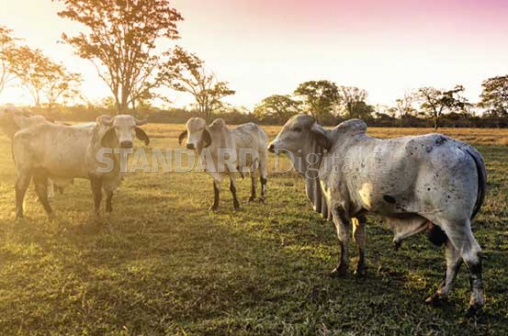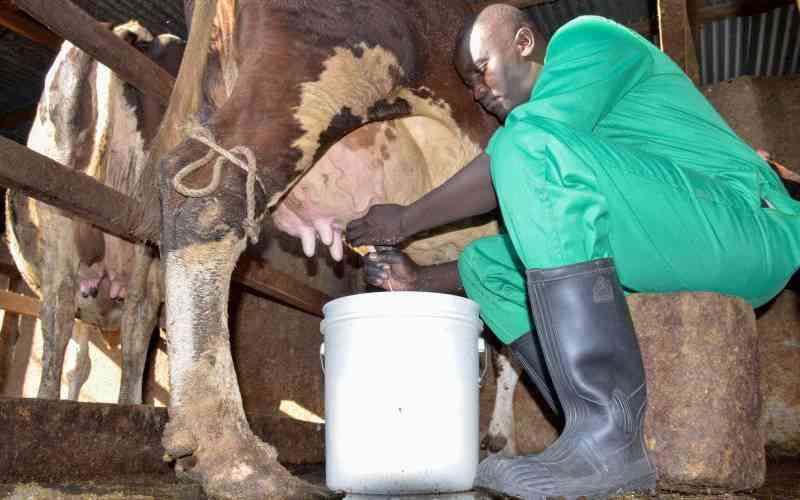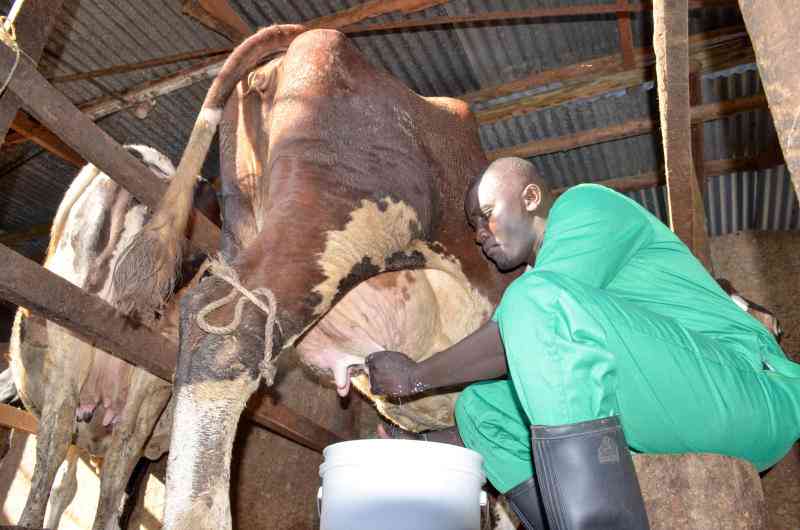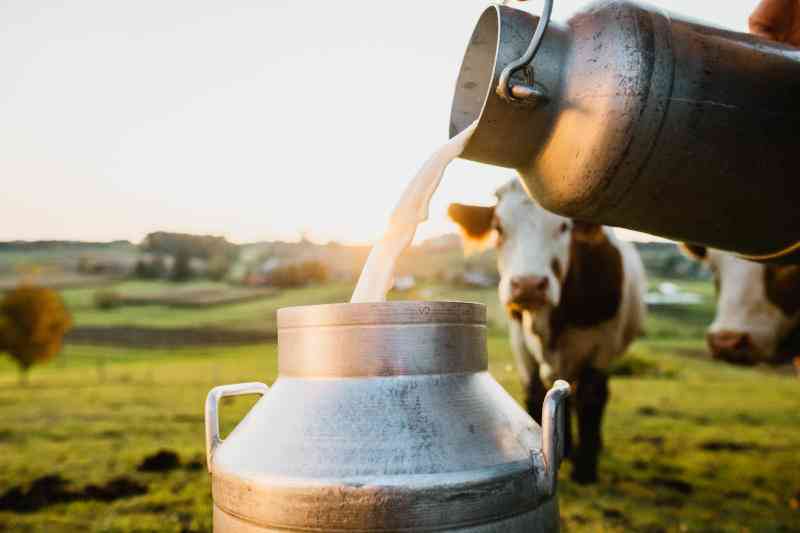
Robin Aswani has a “good” Zebu cow; good in the sense that it produces relatively high quantity of milk compared to other cows in its league. Mr Aswani wishes to milk more from this Zebu cow but he understands that even with the best diet in the world it can never produce as much milk as an exotic dairy animal. That is why he sought my advice.
“Daktari, I have a good Zebu cow which gives me a lot of milk, but not enough to satisfy my subsistence needs and my buyers. I have tested dairy farming and I think with a genetically superior dairy breed like Friesian I will produce enough milk. But I cannot afford such a breed, the reason I wish to start with my good Zebu cow,” Aswani explains to me and thereafter asks for my professional assistance.
“Which system of rearing are you currently using?” I ask.
“Semi-intensive, meaning I tether but heavily supplement that with fodder,” he says.
Mr Aswani does not have other cattle, except the cow’s calf and he says this is because he wants to maximise milk production from the Zebu. I admire his humble beginnings and above all desire to advance as a dairy farmer. Such are the farmers I can authoritatively recommend to high-end exotic dairy breeds. Because such breeds require the zest like that of Aswani, my religious friend Orina will say the holy book too says those who can take care of small issues are the ones who will be entrusted to bigger issues.
In fact, it is recommended that successful dairy farming should not be a single huge jump, but rather one to be rolled out in small doses over time. It is farmers the ilk of Aswani that make pots of money with improved breeds better because they have taken the time and efforts to learn one step at a time.
Yes, it is true, you can improve genetics of a good Zebu animal and with subsequent generations you may just attain your dream exotic dairy animal.
There are various approaches to this. The first one is what we covered in our last week’s Smart Harvest article on Embryo Transfer Technology – but this technology does not improve on what you already have, but crosses the genetic chiasma in a single jump. The technology can use a cow you already have as a surrogate to a superior calf, which will give you a genetically superior offspring in terms of production.
The other approach that Aswani can use is crossbreeding. This would require him to invest some effort, time and financial resources in a breeding programme aimed at producing a calf with a genetic mix between his Zebu and his dream dairy cross.
This method has the advantage in dairy cattle in that the offsprings will exhibit the genetic strengths of all the breeds from which they descended – this is to say it has a higher heterosis.
Heterosis is the difference in value of a trait compared to the average value of the parents that had that trait. In other words, with this method, Aswani can still maintain the disease-resistance trait of Zebus while at the same time magnify the milk production ability of the dream Friesian cow.
Good sire selection
But for Aswani to benefit from crossbreeding, he should do good sire selection and have a progressive breeding plan. This he may not do alone, he must walk hand in hand with his veterinary doctor or an animal breeding expert.
It should be noted that simply mating cattle of different breeds haphazardly does not mean you will get a high heterosis.
Stay informed. Subscribe to our newsletter
Selection of parents for their potential genetic contribution is more important.
Some other time we will discuss inbreeding and see why it has caused the diminishing in the size and productivity of our treasured Zebu.
-Dr Othieno is the Winner of Vet of the Year Award 2016 and works with the Kenya Tsetse and Trypanosomiasis Eradication Council –KENTTEC
 The Standard Group Plc is a
multi-media organization with investments in media platforms spanning newspaper
print operations, television, radio broadcasting, digital and online services. The
Standard Group is recognized as a leading multi-media house in Kenya with a key
influence in matters of national and international interest.
The Standard Group Plc is a
multi-media organization with investments in media platforms spanning newspaper
print operations, television, radio broadcasting, digital and online services. The
Standard Group is recognized as a leading multi-media house in Kenya with a key
influence in matters of national and international interest.
 The Standard Group Plc is a
multi-media organization with investments in media platforms spanning newspaper
print operations, television, radio broadcasting, digital and online services. The
Standard Group is recognized as a leading multi-media house in Kenya with a key
influence in matters of national and international interest.
The Standard Group Plc is a
multi-media organization with investments in media platforms spanning newspaper
print operations, television, radio broadcasting, digital and online services. The
Standard Group is recognized as a leading multi-media house in Kenya with a key
influence in matters of national and international interest.









